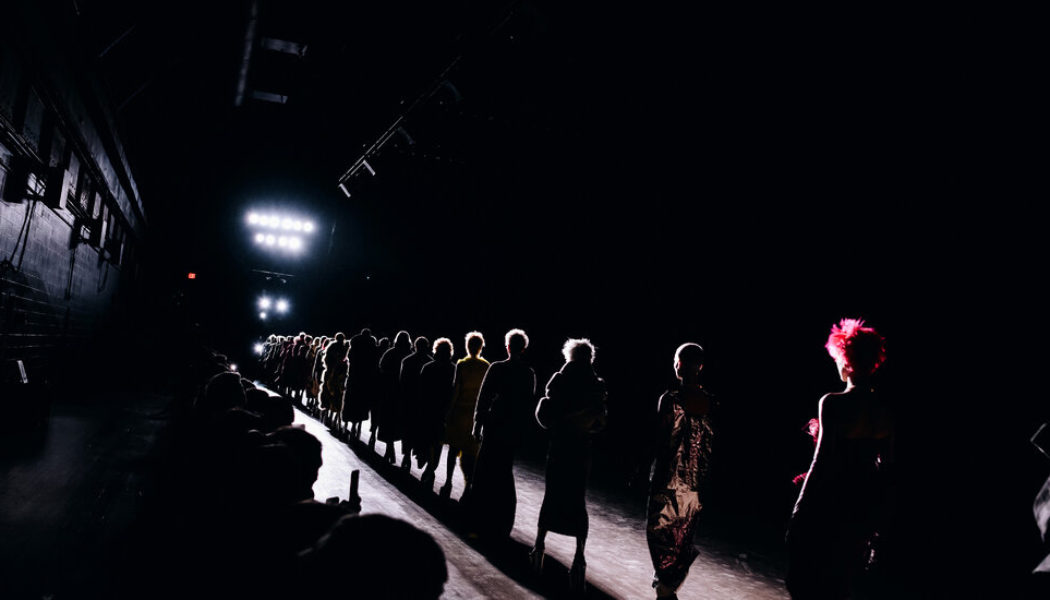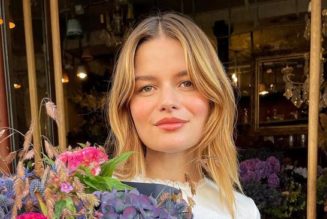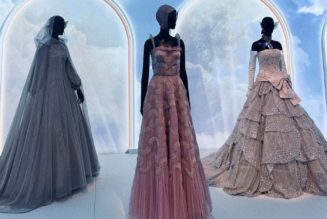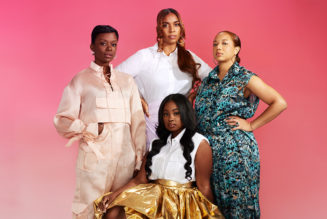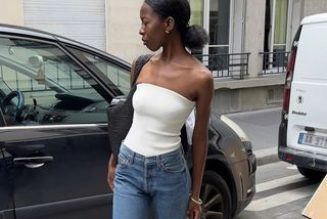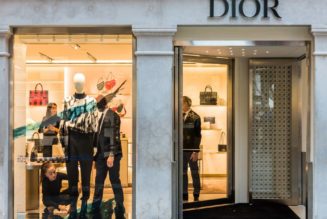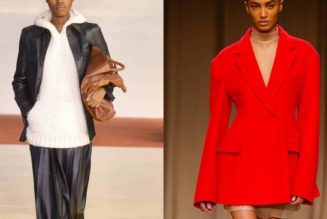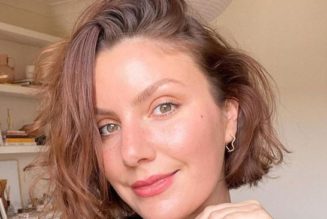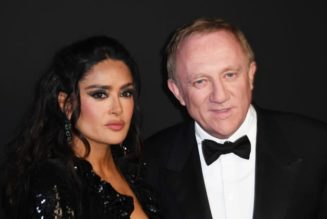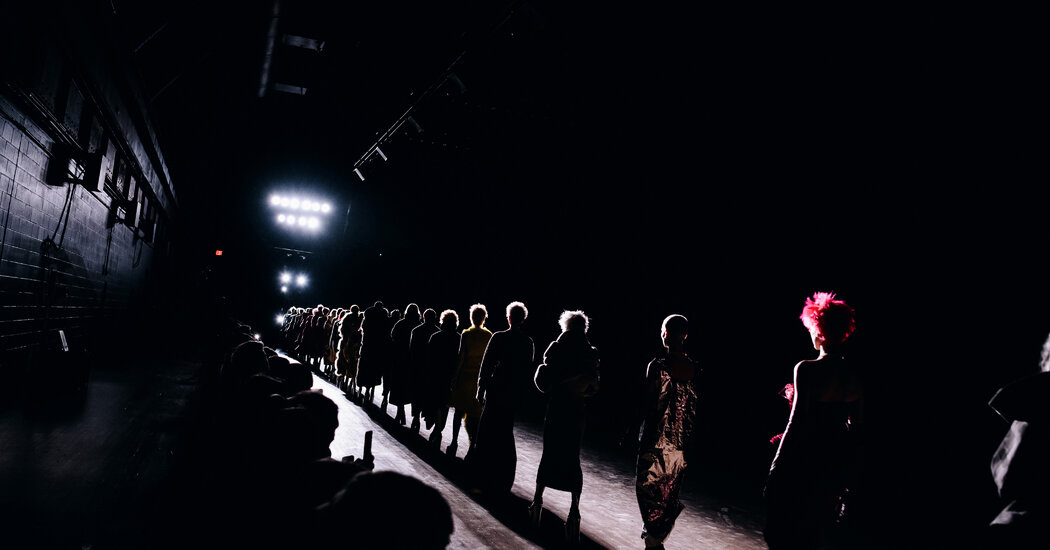
Castings of midsize and plus size models fell by almost a quarter compared with last season, according to new data.
As Paris Fashion Week came to a close this week — and with it the season in fashion, after almost two months of men’s and women’s wear shows — one controversial industry trend reared its head once again: a lack of size diversity on the runways.
High fashion has long been notorious for fetishizing extreme thinness. The standard size of a runway model is around a U.S. dress size 0 or 2. By contrast, the average dress size worn by American women is a 16, according to widely cited statistics (most from studies published in 2016 or earlier). But in recent years, and particularly in the wake of the pandemic, a wider range of body types had started to be represented in fashion shows and advertising campaigns. Some plus size models — typically, U.S. dress size 12 or higher — including Ashley Graham and Paloma Elsesser enjoyed flourishing careers, alongside several midsize models — above a size 8 — like Jill Kortleve.
This season, however, no models in those size categories walked in runway shows for most of the high fashion household names, including Saint Laurent, Louis Vuitton, Gucci, Prada and Moschino. According to data compiled this week by the fashion search engine Tagwalk, the overall number of midsize or plus size models cast in women’s wear shows declined by 24 percent; only 68 brands included one model from either category, compared with 90 brands last season. Furthermore, the list of top-tier luxury brands that included more than one midsize or plus size model was short: Michael Kors, Coach, Dolce&Gabbana, Chanel, Alexander McQueen, Chloé and Nina Ricci. Only Chanel cast three. For context, a typical runway show has 50 to 75 looks.
“Despite curve and plus size representation remaining a focus for many younger emerging designers, especially in cities like New York and London, there was a clear and disappointing backslide in casting among the most powerful and high-profile European fashion brands,” said Tagwalk’s chief executive, Alexandra Van Houtte.
She singled out Milan as the worst offender of the four cities, with just 13.5 percent of shows casting a nonstandard-size model this season, and 77 percent fewer “curvy models” compared with London. The British runways had the most size diversity, with 39 percent of shows including a curve model, while in New York 37 percent did, and in Paris 25 percent, Ms. Van Houtte said.
Ms. Elsesser, lately one of the catwalk’s most sought-after stars, walked for Marni in Japan at the very beginning of the season. But she skipped the rest of the season for personal reasons, her agent said this week. Given Ms. Elsesser’s omnipresence in the past few seasons, her absence probably contributed to the statistical decrease in size diversity this season. It also underscored high fashion’s ongoing dependence on a handful of faces to tick the size diversity box, rather than working to increase the number of jobs available for midsize and plus size models. Unsurprisingly, accusations of tokenism have resurfaced in recent weeks, as well as concern for the health of models facing pressure to conform to more restrictive industry standards.
Cyril Brulé is the director of Viva Model Management Agency, which represents Emily Ratajkowski, and was a key force in the implementation of the models charter signed by the French luxury groups LVMH and Kering in 2017. The charter banned the casting of models under the age of 16 and under a French size 32, or a U.S. size 0. But in a telephone call this week, Mr. Brulé said that he had recently seen a significant increase in the casting of girls he described as “distractingly skinny” in fashion shows this season.
One model who had lost a lot of weight told him she felt she had to in order to fit into the sample sizes in Paris; usually, when a nonstandard-size model is booked, a single specific sample will be made for her. Another said that, while she had done some commercial jobs over the past few months, she knew she would have to lose four to five kilograms to be booked for fashion week shows — so she did.
“This girl told me, ‘I’ve been walking in shows every day here, and this is the price I have to pay if I want to work’ — and she both wants and needs to work,” Mr. Brulé recalled. “It was the same during the men’s wear season, too. Many designers and their creative directors have returned to a preference for a hyper-skinny aesthetic again, and this means the rest of the industry falls into line.”
The ultrathin ideal has re-emerged beyond high fashion, in celebrities’ scramble to drop dress sizes for events and in the growing popularity of Ozempic, a drug used for weight loss. But given the fashion industry’s role in shaping perceptions of body image — and dictating trends in the clothes we wear — it continues to have an outsize influence.
There were some exceptions to the rule, almost exclusively from small or emerging brands that have diversity built into their ethos. In Paris, Ester Manas cast 19 midsize or plus size models this season. In New York, Christian Siriano cast six such models, while in London both Fashion East and Sinéad O’Dwyer cast 12. But the reach and profits of these brands are minuscule compared with those of the multibillion-dollar luxury houses. Both Mr. Brulé and Ms. Van Houtte said Chanel led the blockbuster brands not only in consistently showing curve models on the runway but also in selling clothes in a broad range of sizes in its boutiques — with prices starting at several thousand dollars.
“Out of the main luxury houses, I think Chanel is the only one — so far — to have consistently cast these models to reflect and fit the general aesthetic of the brand rather than just as a social media stunt at fashion week,” Ms. Van Houtte added. For this season’s show, the house cast three midsize or plus size models: Jill Kortleve, Shaniqua Arnelle and Ajok Daing.
Ironically, this year the Met Gala will honor the longtime Chanel creative director Karl Lagerfeld, who once lost 41 kilograms so he could wear slim-cut clothes by Hedi Slimane and dismissed critics as “fat mothers with their bags of chips sitting in front of the television.” Mr. Lagerfeld famously helmed Chanel for 36 years before his death in 2019.
There is little consensus on how to address the slide back to skinny. Many editors and reporters have stayed quiet, despite heated discourse online. And according to a report this week by Women’s Wear Daily, many of the brands favored by buyers for the world’s most influential retailers were those that opted for a conventional, skinny casting approach.
“The well-being of models, or offering more balanced casting, is simply not a priority for this industry at the moment,” Mr. Brulé said.
